Ming and Huang Ping’s first solo exhibition in the United States is about to open.
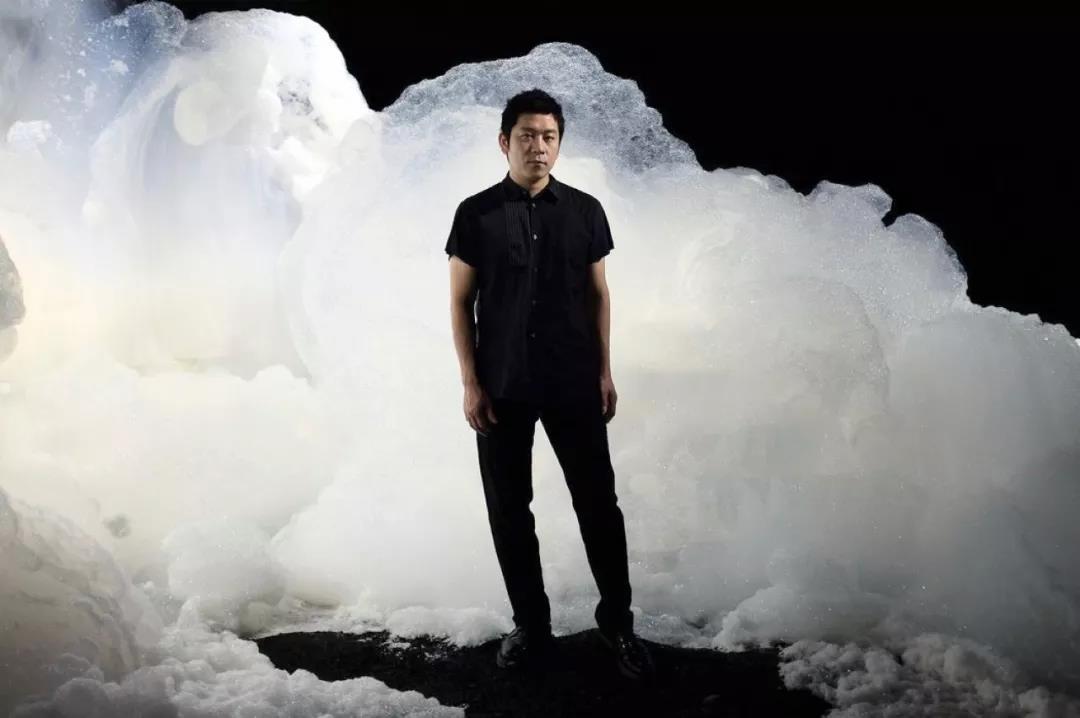
Ming and Huang Ping in front of his installation for the Aichi Triennial, photography: Kentaro Takahashi for The New York Times
On January 18, 2018, Pace Gallery will host his first solo exhibition in the United States for the name and Akira. As one of the most watched artists in Japan in recent years, Minghe Huangping held a solo exhibition in Pace London in 2015 and joined the Pace public art brand Future\Pace in 2016. The solo exhibition will be held in the space of Pace's Palo Alto in Silicon Valley, featuring the latest works from several representative series of artists.
As a member of a new generation of Japanese artists, Ming and Huang Ping's works help the world understand Japanese art and pop culture from a more subtle perspective, surpassing the cultural stereotype of sweet anime.
--New York Times
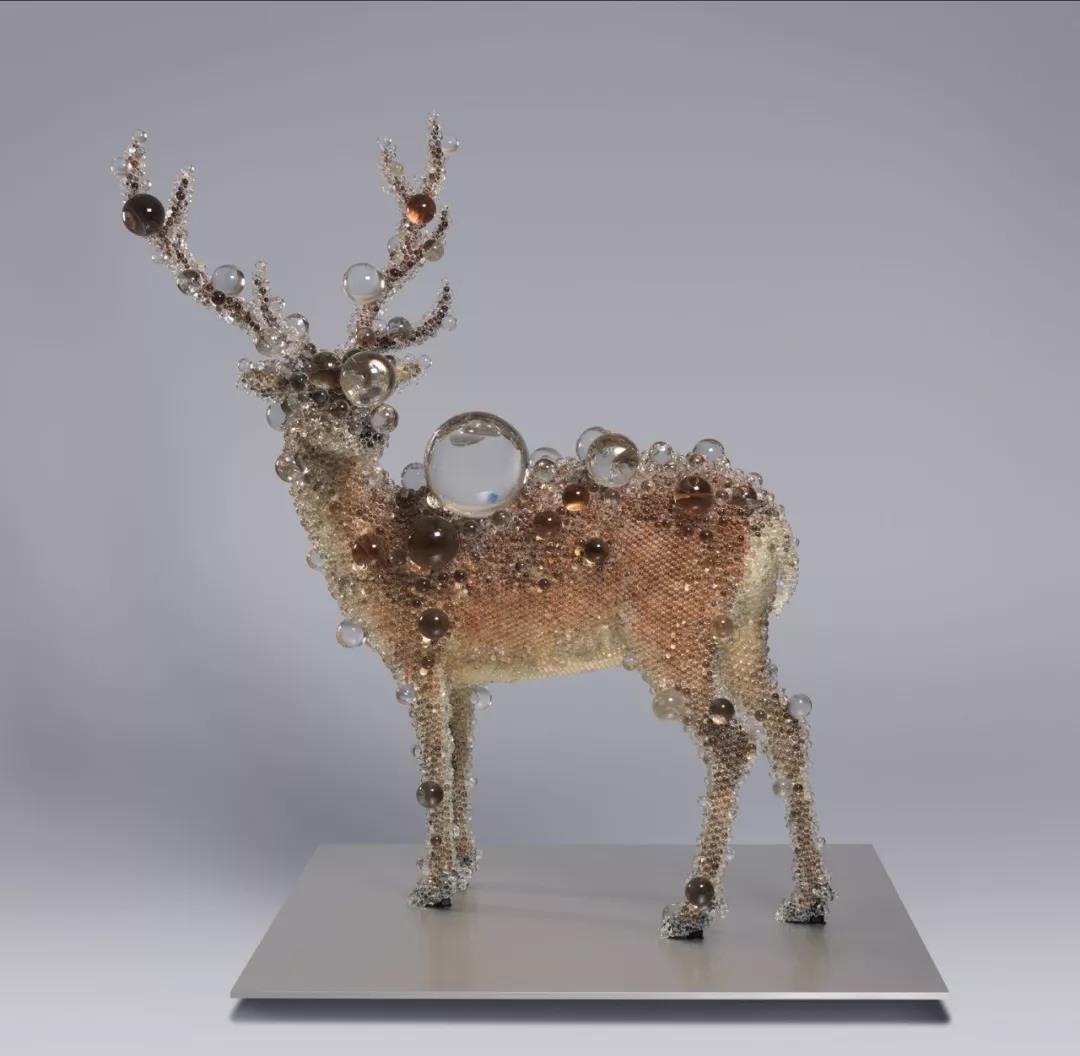
Name and Akira's iconic "PixCell" series "PixCell-Deer#24" is housed in the Metropolitan Museum of Art in New York.
Kohei Nawa, PixCell-Deer#24, 2011, Mixed media; taxidermied deer with artificial crystal glass © 2018 Kohei Nawa

Ms. Kazuo and Kawakubo collaborated to design accessories for the COMME des GARÇONS 2012 spring and summer fashion show.
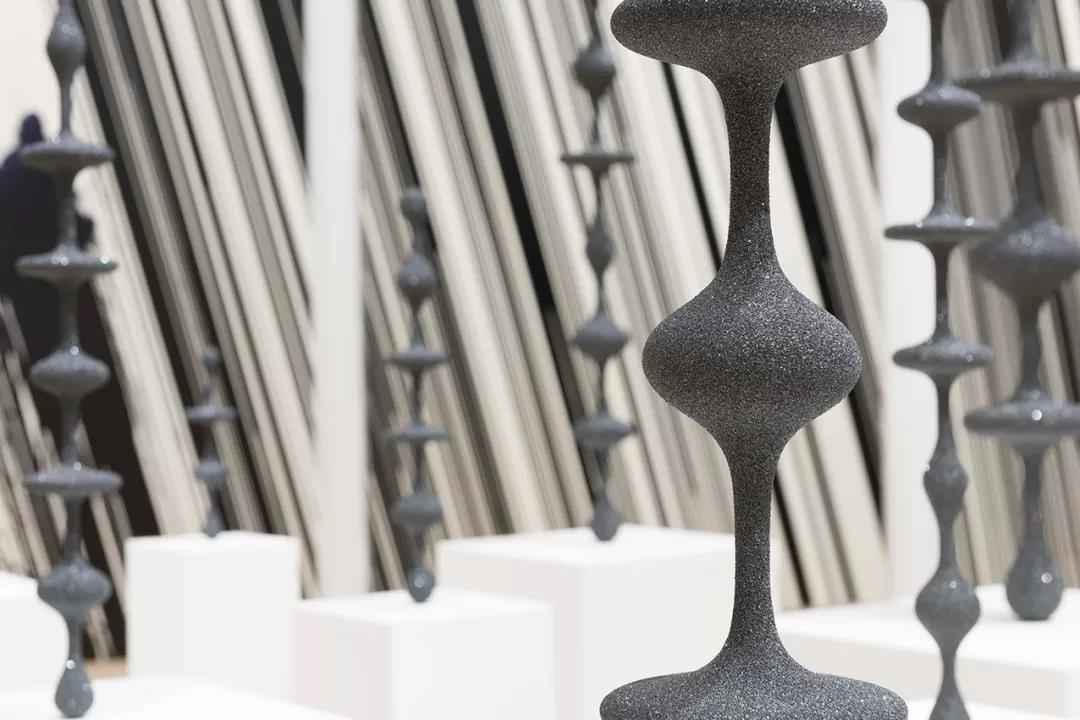
Ming and Huang Ping held a solo exhibition in Pace London in 2015, courtesy of Pace Gallery
Was born in Osaka, Japan in 1975. After graduating from the Sculpture Department of Kyoto University of the Arts in 1999, he studied sculpture at the Royal College of Art as an exchange student. He received his Ph.D. from Kyoto University of the Arts in 2003. He currently works and lives in Kyoto, Japan. . He is good at using materials to convey a unique worldview and challenging the audience's sensory experience while exploring social, scientific and digital culture issues.
My interest in all phenomena and matter on this planet is earlier than my creation itself. Sometimes it is these constantly changing substances that lead me to discover phenomena that visualize human perception or visualize invisible "forces." In other cases, I will study very carefully to choose which material and organizational form to use in order to be closer to the expressiveness I am trying to produce in a uniquely unique work.
- Minghe Huangping
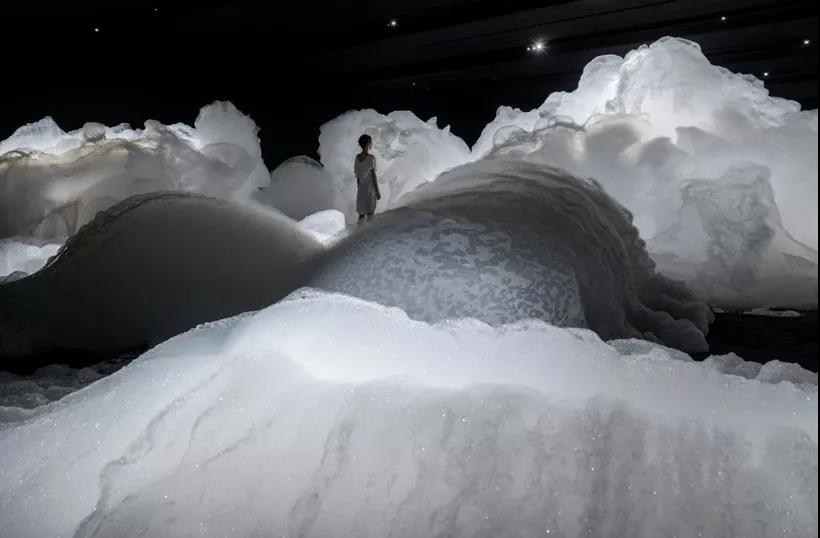
Ming and Huang Ping’s large-scale installation for the 2013 Aichi Triennial
Kohei Nawa, Foam, 2013, Mixed media © 2018 Kohei Nawa, Photo by Nobutada Omote, courtesy SANDWICH
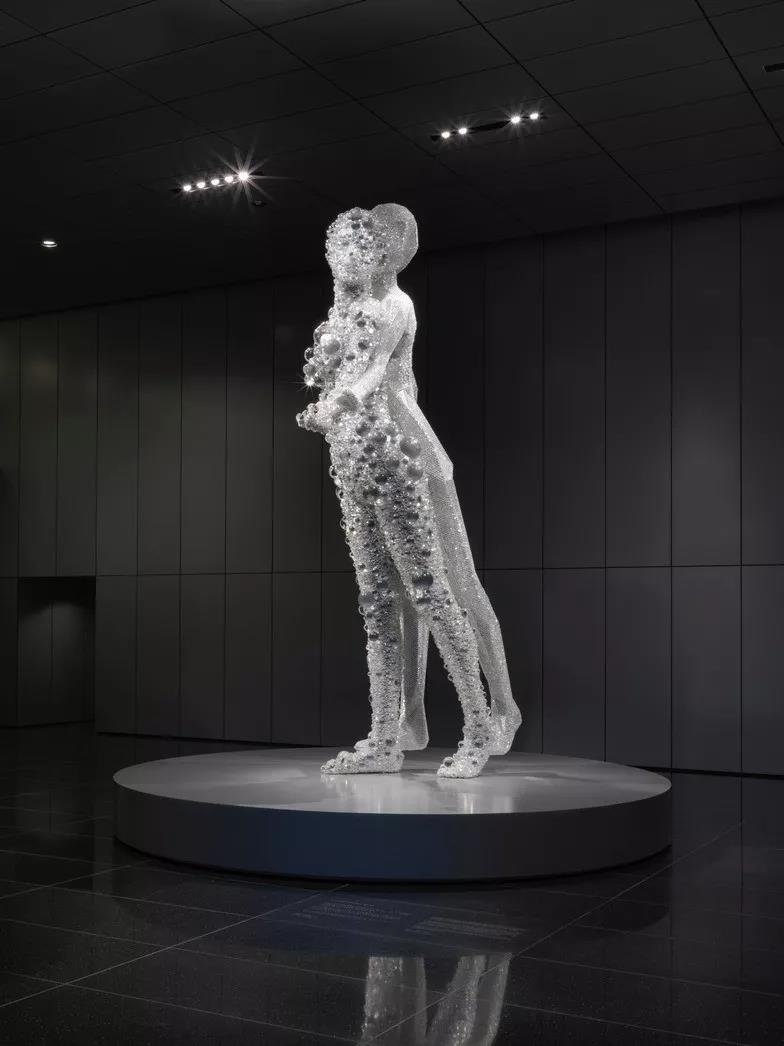
Minghe Huangping’s sculpture installation for the 100th anniversary of Yaskawa Electric
Kohei Nawa, PixCell - Double Muse, 2015, Mixed media © 2018 Kohei Nawa, Photo by Nobutada Omote, courtesy SANDWICH
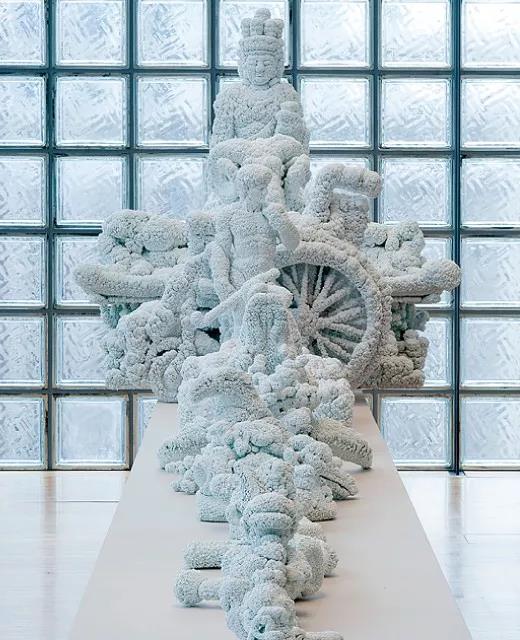
The "Villus" series sponsored by the Hermès Foundation, the Pace Gallery solo exhibition will present the latest works of the series © OMOTE nobutada courtesy of the hermès foundation
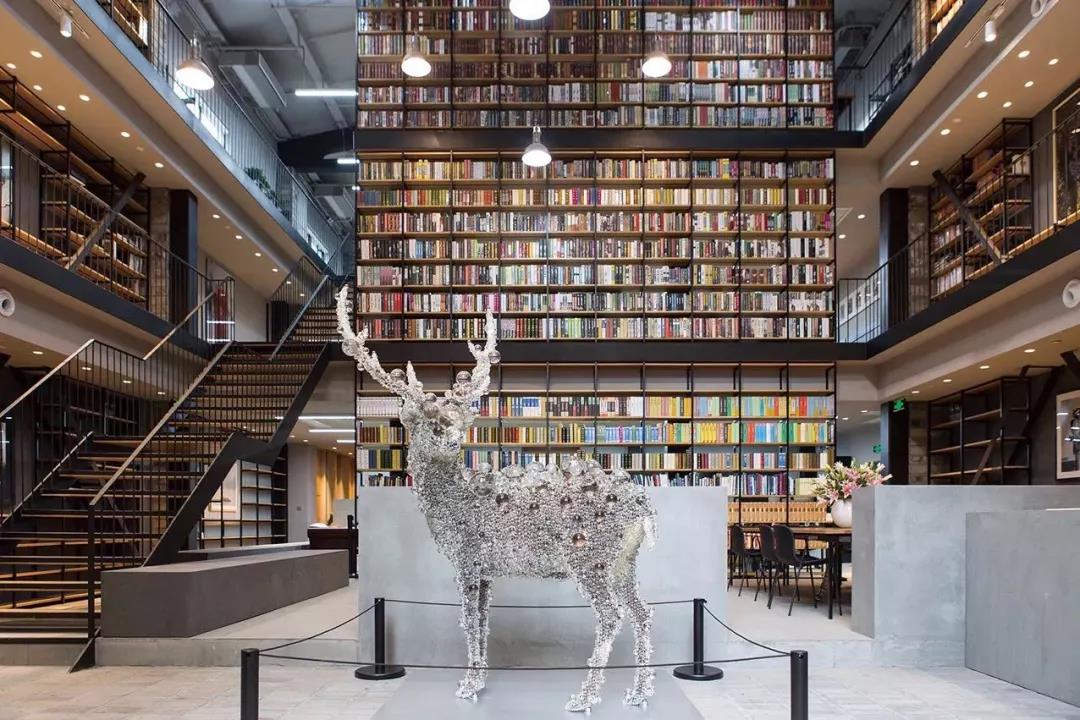
Minghe Huangping is located in the "PixCell-Deer" sculpture of Modern Eye Art Studio, courtesy of TANC
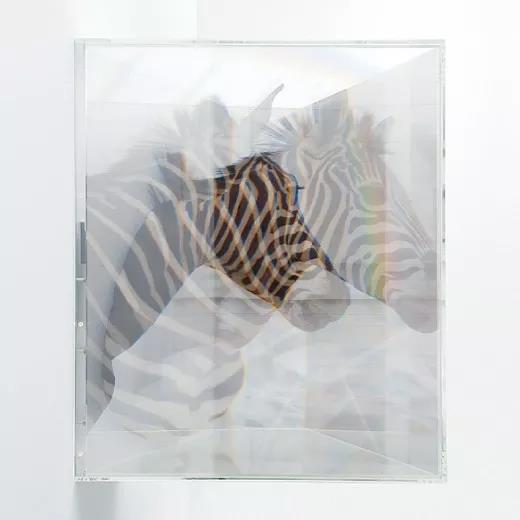
Kohei Nawa, PixCell [Zebra#2], 2009 © 2018 Kohei Nawa, Photo: Seiji Toyonaga
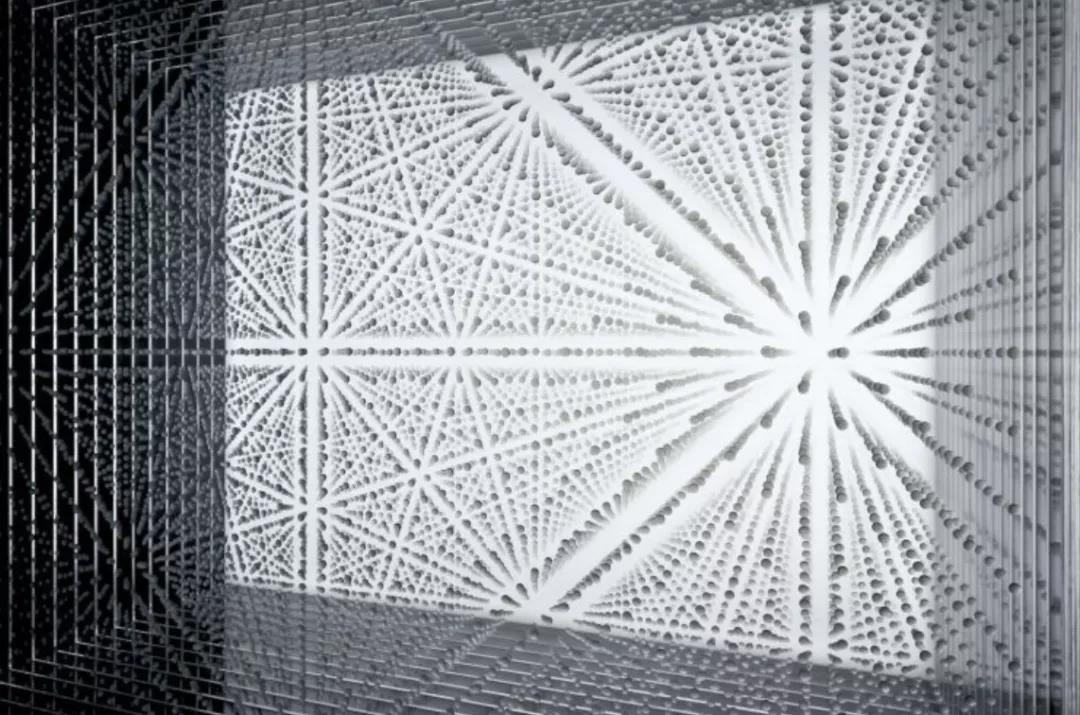
Kohei Nawa, AirCell-A, B_37mmp (detail), 2011 © 2018 Kohei Nawa, Photo: Seiji Toyonaga
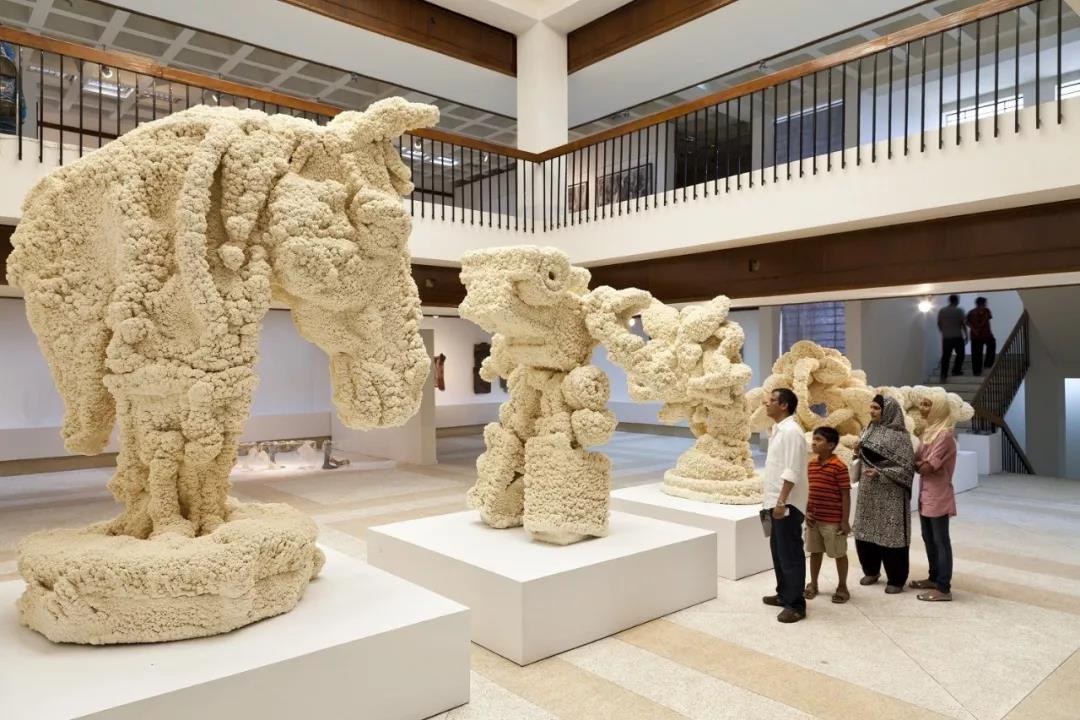
Minami Kazuyuki became the youngest artist to hold a solo exhibition at the Tokyo Metropolitan Museum of Art in 2011 © Museum of Contemporary Art Tokyo
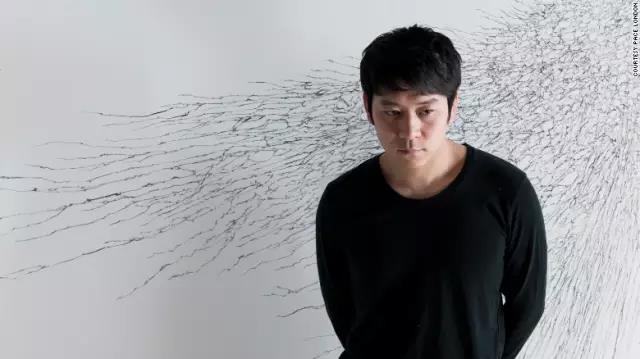
This article is excerpted from Art News/Chinese Edition, Issue 53, November 2017
Ming and Huang Ping: Between the past and the future (excerpt)
Interview, author/Sheisman
Born in the 1970s, Minghe Huang Ping is a member of a new generation of Japanese artists: they are deeply influenced by traditional culture, but in the process of growing up and receiving education, they have ushered in the impact of popular culture and new technology. For him, enthusiastically embracing the avant-garde emerging technology, and deeply respecting and even questioning the many unknowns it brings is not contradictory.
Was born in Osaka, Japan in 1975, and earned a Bachelor of Arts in Sculpture and a Doctor of Sculpture from Kyoto City University of the Arts. As one of the richest ancient capitals of Buddhism and classical heritage, Kyoto’s influence on the name and Akira is enormous. During his time at school, he loved Buddhist statues and temples. He once wanted to develop in the direction of classical art. Until 1996, he accidentally referred to Gormley's first retrospective exhibition in Japan, "Still Moving."
Ming and Huang Ping recalled this past event to the "Art News/Chinese Edition": "It was purely accidental. At that time, I was not interested in contemporary art. The ancient things attracted me more, such as the religious art of Japanese ancient temples and Buddha statues. But when I saw Gormley’s exhibition in Japan—that I was still at school—I was really shocked by his sculptures and his creative logic. His work is very much in material and form. Logic, and his attitude towards traditional sculpture is critical, which makes me appreciate it. And in fact, Gormley is also very interested in Buddhism, Hinduism, meditation, etc. Two years later, I got an opportunity to go to London to do it. Exchange students, that is, at that time, I completely decided to start doing contemporary art."
The name and swaying of the goal of “breaking the boundaries of art†has expanded from sculpture to painting, performing arts and multimedia installations in the past 20 years. Nonetheless, his most well-known work is probably the “PixCell†series: a sculpture consisting of deer specimens and glass balls of different sizes, all of which were purchased online by artists.
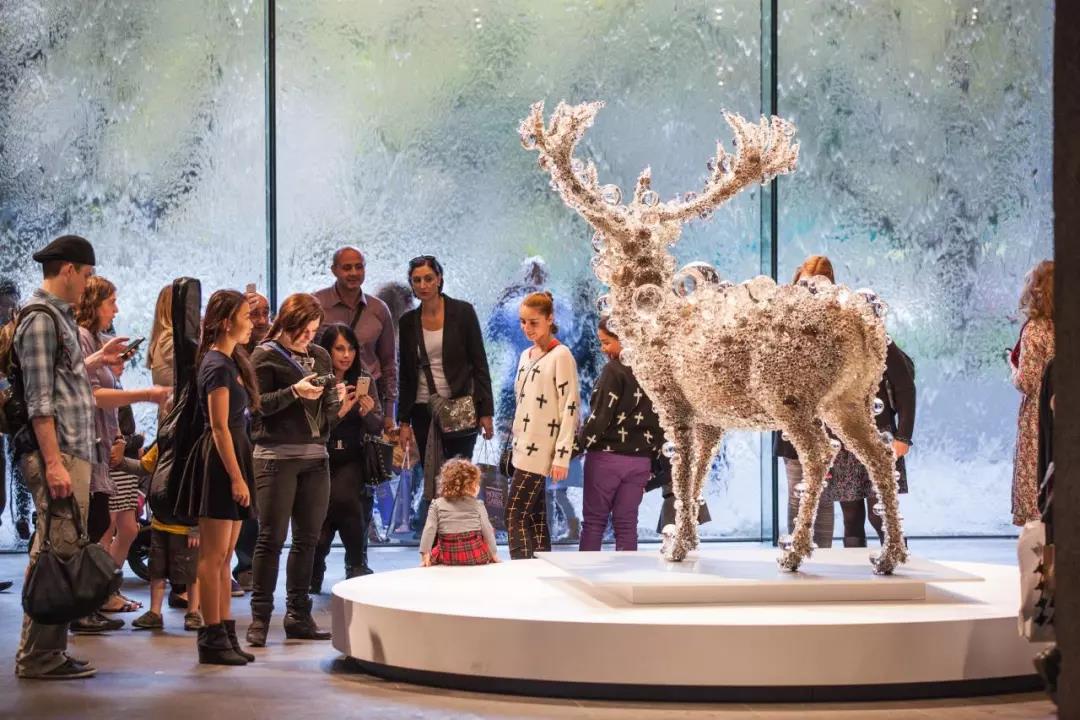
Kohei Nawa, PixCell-Red Deer, 2012, taxidermied Red deer, glass, acrylic, crystal beads Now in National Gallery of Victoria, Melbourne © Kohei Nawa, courtesy Sandwich, Kyoto
The "PixCell" series was first created in 2003. It is said that Ming and Huang Ping unintentionally saw deer specimens on the Internet for sale. The pixel unit (pixel) of the deer specimen image on the computer monitor inspired him. He glued the surface of the deer specimens purchased online to various sizes of glass balls, and an original "natural" animal specimen suddenly became a magnificent sculpture.
The process of creation is not as simple as it is because the glass balls are not randomly placed. "The process of this creation has no pleasing ingredients," said Ming and Huang Ping. Before the final coverage of the glass ball, he has planned and marked the position of all the glass balls, and has carefully studied the visual effect that each glass ball will bring to the viewer.
Through the glass ball, the viewer can observe the deer skin that is refracted and distorted. The details that were originally neglected have emerged and are infinitely magnified. More importantly, these glass balls symbolize the cell, and the cell is the most subtle, basic unit of life, the starting point of everything; the tiny material unit is enlarged, and the surface of the deer is covered with countless " "The cell", which is a form of the artist's cognition and observation of the microcosm and the essence of things in the sculpture, the series name clearly reveals this intention: "PixCell" is the words "pixel" and "cell" Combination of.
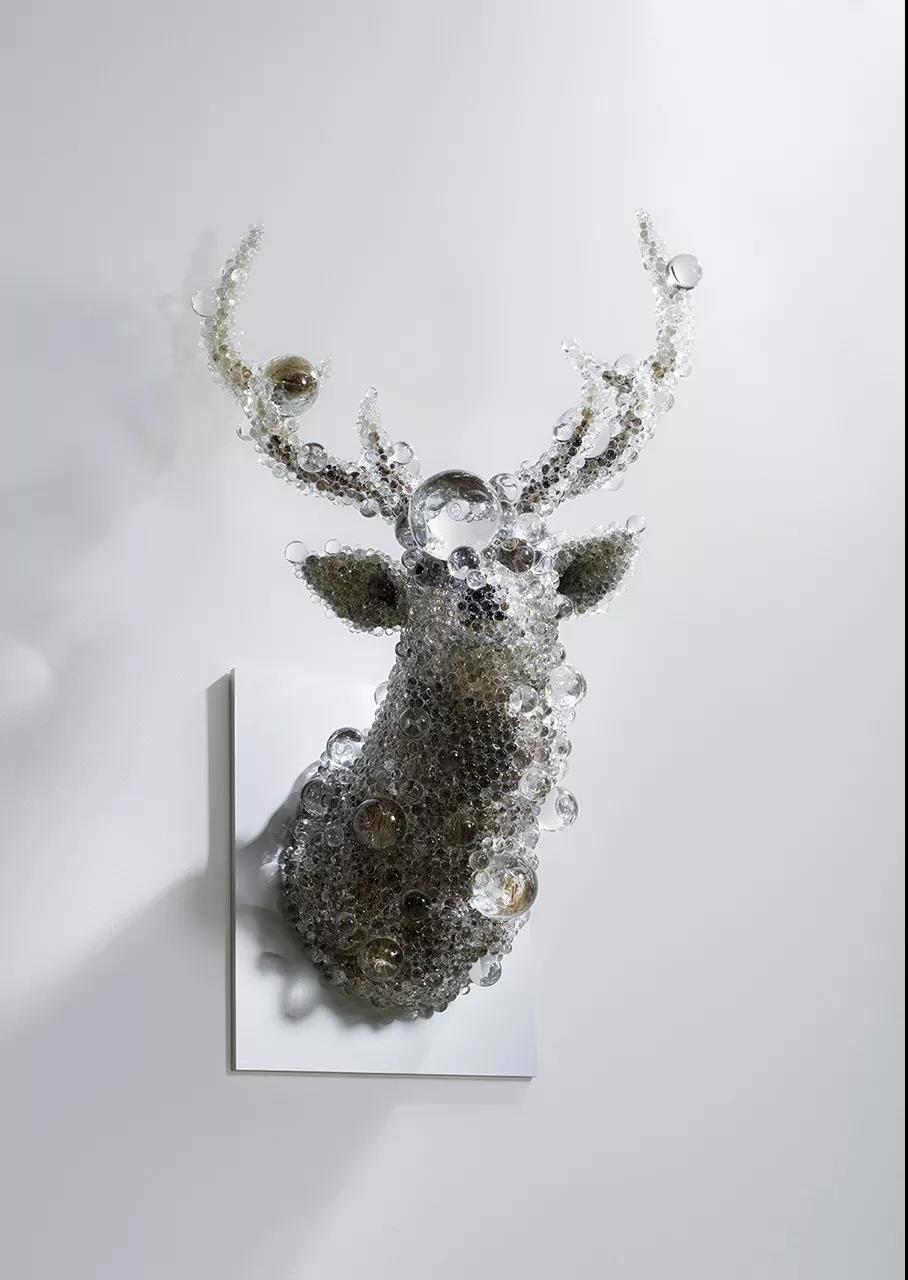
Kohei Nawa, PixCell-DEER#26, 2012 © 2018 Kohei Nawa, Photo by Nobutada Omote, courtesy SANDWICH
“The seemingly gorgeous 'glass deer' is in front of us, but it is not real.†Ming and Huang Ping explained. Under the gorgeous expression of "glass deer", it is a dead life; the details of the skin that is distorted and enlarged are no longer true. The contrast and thinking between truth and falsehood, life and death, material and spiritual, micro and macro, from the beginning is accompanied by the artist's creative process.
On the one hand, it is the sensibility of the universe, and on the other hand, it is an extraordinarily rational way of creation. The artistic methodology of the name and the swaying seemingly contradiction actually grows in a reasonable way. Born in the 1970s, Minghe Huang Ping was the representative of a new generation of Japanese artists: they were deeply influenced by traditional culture, but in the process of growing up and receiving education, they ushered in the impact of popular culture and new technology. "Our generation no longer feels that 'representing' Japan is a must in art creation," said Kazuhiko.
This is the case, but no one can completely get rid of his cultural background. What emerged from the works of Ming and Huang Ping is the new "Japanese identity" of his generation of artists: while embracing the avant-garde emerging technology enthusiastically, he deeply aweed and even questioned the many unknowns he brought.
Want to know more about copper carving prices, copper carving wholesale, bronze sculpture joining, copper carving procurement related information, can visit http://tongdiao.99114.com/
Breathable and Soft Running Wear.
This Running Wear is specially designed for sports and in the gym. It is sweat-proof and breathable. Running Wear is very soft and comfortable. It feels very good to the touch. It can be washed in the washing machine. It is quick-drying and light-weight.
Not only that, we have other styles of sportswear, men and women's styles, and there are many colors and styles, slim and loose models, born for sports.
Breathable and Soft Running Wear,Sports Breathable Functional Clothing,Anti-sweat and Sunscreen Running Wear
Yangzhou Youju E-commerce Co.,Ltd , https://www.xiangyugarments.com
